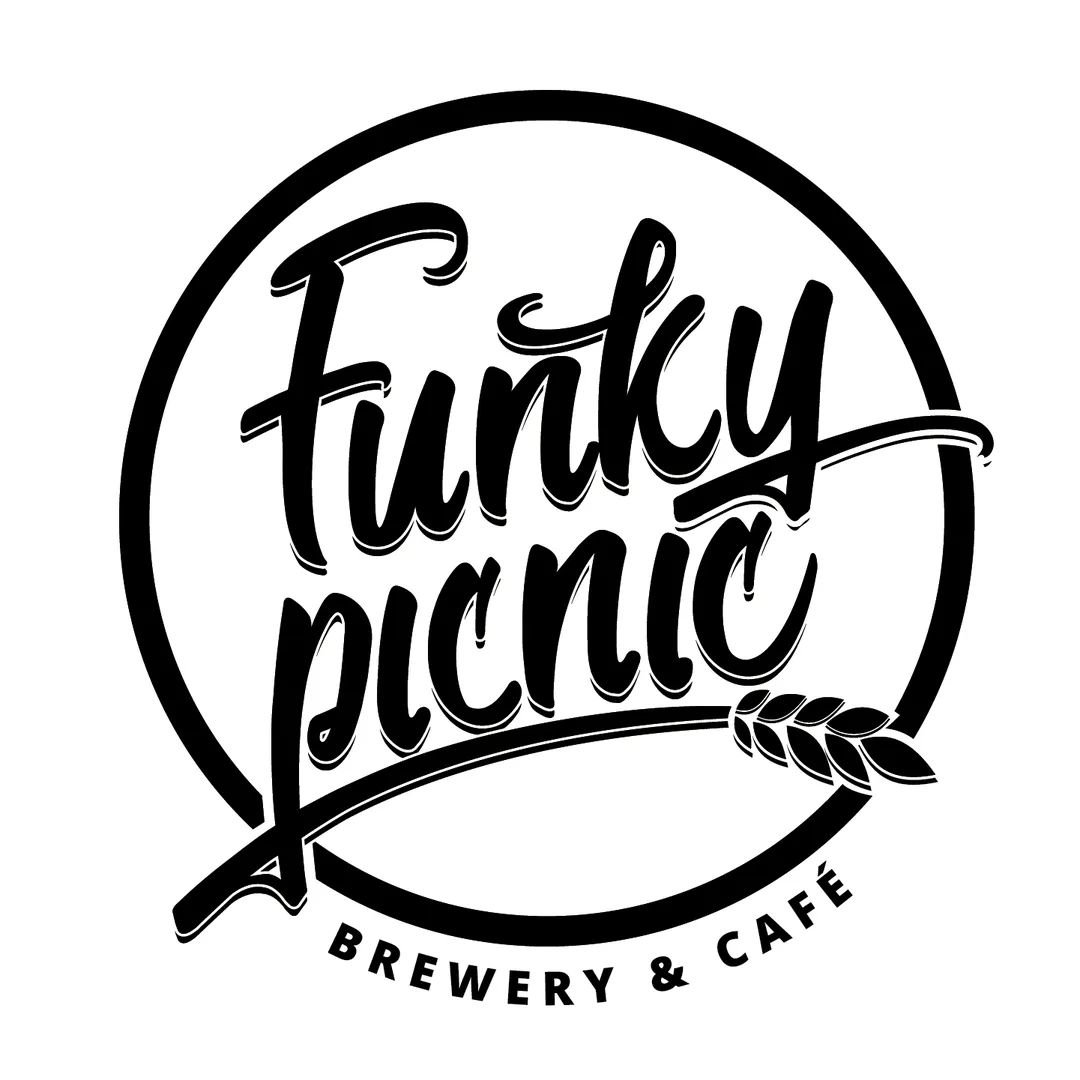What Makes A Good IPA?
IPAs have been a popular style in America for many decades. True to our roots, Americans are accustomed to creating “new” styles by turning up different characteristics of classic styles to fit their tastes. This is true of the American IPA and many IPA sub-categories, such as the West Coast IPA, Double, and Triple IPA, and of course, the Hazy IPA. But what makes an IPA a GOOD IPA? The answer, of course, is balanced – malt and hops working in tandem to create flavors that evolve and change as the glass warms up to tell a singular story.
The origin of the IPA is a bit disputed. It has been widely believed that the IPA came about when British brewers packed barrels of pale ale with hops as a preservative for the long boat trip to India. While this is true, it’s not the only beer style to have survived the trip overseas, and it was never wildly popular in the Indian subcontinent. The style took off when it was marketed as “prepared for the Indian market” in Britain.
As American craft beer first became popular in the late 20th century, brewers took their turn making this style and turned up the hop flavor to suit their tastes. These brewers also used American-grown hops instead of British hops, which provide more piney, resinous, and citrusy flavors as opposed to the herbal and floral notes of British hops. From here, the IPA has taken on many forms, ranging in strengths from 5% to 10%, utilizing classifiers like “Double” and “Imperial,” and spanning flavors from orange juice to dank cannabis.
But what makes this style really shine is the interplay between malt flavors and hop flavors. True, this could be said –and should be said– of all beer styles, but it’s especially important with IPAs. West Coast IPAs, for instance, rely on plenty of sweet caramel malts to boost body and provide a suitable palate for the extra sticky and resinous hops: Think licking a green pinecone dipped in orange marmalade. But without enough bitterness, these beers would taste overly sweet and particularly harsh. Balancing the bitterness with a strong malt bill allows all flavors to shine.
Then there’s the incredibly popular Hazy IPA. This beer is defined by over-hopping post-boil in the kettle and fermenter. Typically, these beers are described as “juicy” and “fruity.” These flavors come from new hop varieties grown all over the world, including Australia and New Zealand. These beers are also less bitter than older IPA varieties, but you’d lose these beers’ soft, juicy qualities if the bitterness were to increase. Brewers also use plenty of protein-rich malts to provide a silky-soft body. Other malts, such as 2-Row or other pale malts, can’t stand up by themselves to the huge amount of hops to be used later in the process.
As you can see, brewing a great IPA is a practice in balance. And just as it is elsewhere in life, balance is the key to great flavors, great beer, and a great drinking experience. Every beer at Funky Picnic Brewery is brewed with balance in mind, allowing each flavor its proper time to shine while supporting all other flavors in the glass. There’s always a hoppy option on tap at Funky Picnic, and most often, a variant of the Hazy IPA. Stop by any time you’re feeling particularly hoppy!
Author: Michael Harper
Harper is a passionate brewer who believes yeast is a flavor, Saaz are the best hops, and cats are better than dogs.

